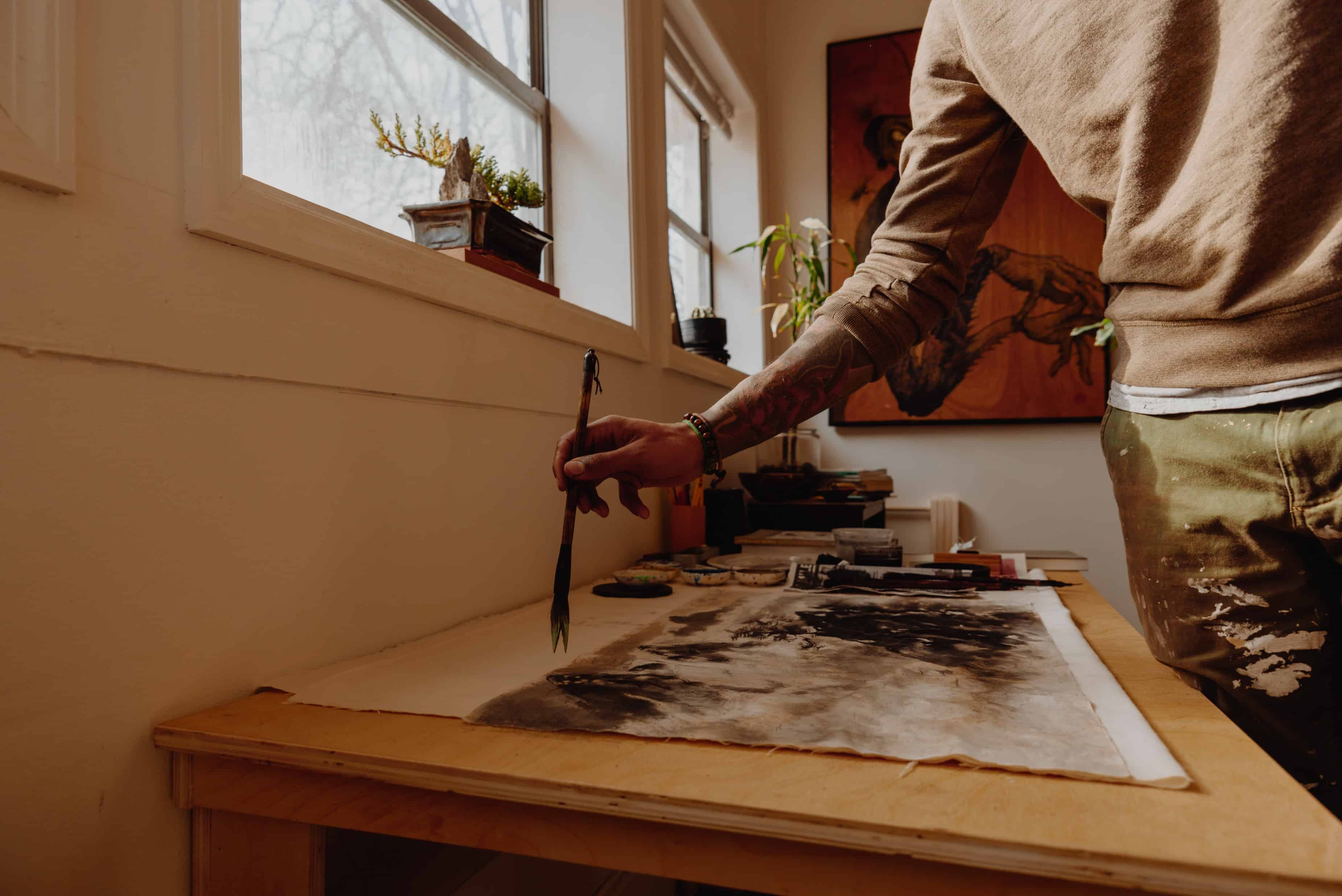As the great Expressionist painter Henri Mattise once said, “Creativity takes courage“. This simple phrase will resonate with any artist that has ever thought about taking on a new art form, subject or medium. Tackling a new subject can be daunting as it feels as though you are starting again from square one; however, it is actually liberating and exciting.
How often do you get the chance to start anew, and come into something with a fresh perspective? Whilst there will always be the fear of failure, all you need is the drive and you’ll be able to create something amazing that you’ve always had the potential for. So when you take your first foray into untrodden ground, remember that the only way your work will be successful is if you have the willingness to put the effort in and allow your creativity run wild in this new subject.
Take your creativity to new places
Before you begin tackling a new subject, it is important to get inspired. Scientific studies have looked at inspiration as a process, wherein it is a motivational state. Within this state, you have the passion, the energy, and most importantly the freedom to get out there and start experimenting.
Starting on something new can be a rare opportunity where you are completely open and unlimited by previous work; so use this energy to take your creativity to new places and it will show through in your work as dynamism and excitement rather than naivety.
Research, then do it your way
Whilst it is important to tackle your new subject as freshly as possible, it is equally important to take a step back and know exactly what content you intend to create. If you’re heading in the direction of a new medium, it is worth knowing how the paints behave compared to what you are used to. And, if your subject involves aspects you have always struggled with such as perspective or tonal range, then it may be worth practising these individual details before you begin your masterpiece.
Once you know the basics, then you can set your individuality free by doing it your way. Take Norwegian artist Edvard Munch as an example. He was taught by a sculptor and Naturalist painter, however, he developed his technique on this and experimented to such limits that he became one of the preeminent figures of Expressionism. It’s important to learn the rules, but it is equally important to break them and do it your way.
When dealing with a new subject that is completely unfamiliar to you, don’t get scared. It is okay to feel lost and not know where to start. However, if you follow your creative impulses that spawn from your inspiration and desire to try something new, then you will be sure to master your new subject in no time.
About Jane:
Jane Sandwood is a professional freelance writer with over 10 years’ experience across many fields. Jane has a particular interest in issues relating to health and wellbeing.






